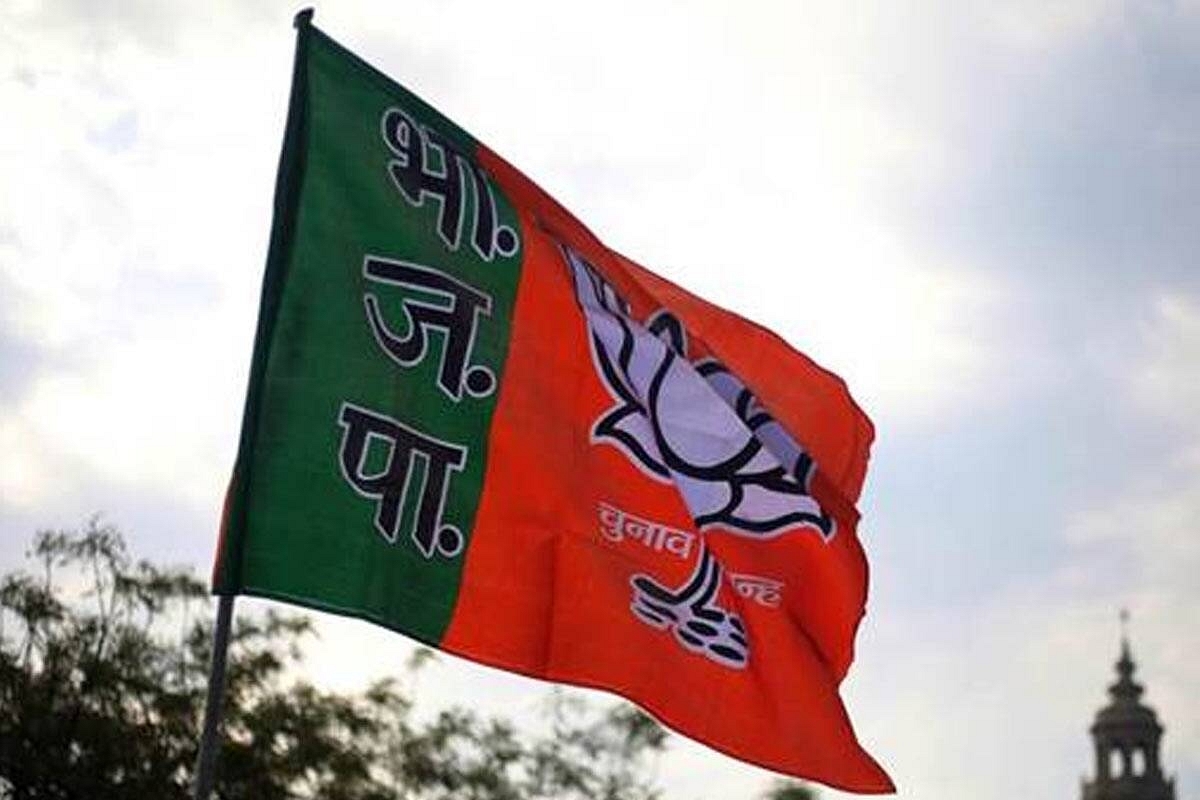Politics
BJP Consolidates Its Position In The North East
- While the three states are as different from one another as any two regions can get, these assembly elections have thrown up some intriguing commonalities with national implications.
- BJP has demonstrated that the party’s remarkable ascendancy is no flash in the pan. How did this transformation come to pass?

The North East has made a clear choice, and there is no going back.
After a morning of see-sawing, provisional trends of the assembly elections in Tripura, Meghalaya, and Nagaland, finally started firming up by lunch time on counting day.
In Tripura, they indicate that the Bharatiya Janata Party (BJP) will receive a renewed mandate, albeit slightly diminished from what it got in 2018.
In Nagaland, the BJP has grown exponentially, and will be returned to government along with senior ally, Neiphiu Rio’s, Nationalist Democratic Progressive Party (NDPP).
It should have been a similar, majestic coalition sweep for the BJP in Meghalaya, but for a last-lap falling out with Chief Minister Conrad Sangma of the National People’s Party (NPP).
In spite of this, the NPP is just inches away from the halfway mark, and Sangma will lead the government once more – most probably in alliance with the BJP.
While the three states are as different from one another as any two regions can get, these assembly elections have thrown up some intriguing commonalities with national implications. The number crunching, vote share mapping and margin tranche analysis can come later.
One, the BJP is now, fully and firmly, a natural party of governance in the North East of India. Its acceptability has spread to encompass demographics which traditionally shunned the BJP, and it has demonstrated that the party’s remarkable ascendancy in the region is no flash in the pan.
Two, it is now the preferred ally for regional parties that part of the country. Even in Meghalaya, and even as the war of words between the BJP and Conrad Sangma grew louder, Sangma himself was positively effusive in his praise for Prime Minister Modi at a year-end event in Shillong.
Three, clear limits have now been set on the extent to which identity politics will give profitable electoral returns.
Instead, the BJP’s performance in the current round of elections shows that PM Narendra Modi’s decision to doggedly focus on the North East’s development, from 2014 onwards, is starting to pay consistent political dividends.
Four, that makes the BJP the party to beat next year in 25 Lok Sabha seats. Rather pertinently, the present results also demonstrate to regional parties that allying with the BJP is an electorally profitable option which they forego at their own peril.
The best example is Meghalaya, where, if the BJP-NPP alliance had held into the elections, the coalition would have easily won over two thirds of the seats.
How did this transformation come to pass?
For decades, the North East was India’s forgotten corner, left to fester in an insular vortex of clannishness, insurgency, drugs, guns, and backwardness. But from 2014 onwards, the BJP’s decision to aggressively develop infrastructure in the region meant that opportunities started to abound.
Connectivity improved, villages started getting electricity, trade grew, and the quality of education available intra-regionally went up by leaps and bounds. The per capita GSDP of Nagaland, for example, has doubled since 2014.
In effect, and as reported by Swarajya earlier, every corner of our land wants to be a part of the new India story. The North East is no exception, and as it has repeatedly shown since 2014, the reward for development and progress is the vote.
As a result, people are far more confident of their identities, and this change can be clearly seen in the electoral verdicts.
Look at the fate of the Congress’s Mukul Sangma, former Chief Minister of Meghalaya. Helpless at the manner in which his party was crumbling to bits in the state, Mukul Sangma shifted to the Trinamool Congress in desperation.
He won his seat, 41-Songsak, by just 498 votes (a tiny margin even by local standards) and would have lost but for the fact that his old party, the Congress, cut his opponent’s vote. It is a signal that the old rules no longer hold.
On the other hand, look at the phenomenal manner in which Nagaland BJP state president, Temjen Imna Along, has become a national social media sensation. The portly, wisecracking politician has no issues of identity.
He is as comfortable humming an old Hindi film classic, as he is distributing prizes at the local Baptist church. This is the new generation flourishing proudly in the North East, and this is why Along swept his seat, 30-Alongtaki, with 62 per cent of the popular vote!
This is also why the BJP was able to retain Tripura in spite of having to change Chief Ministers barely a year before provincial elections, and in the face of a formidable tie-up between the Communists and the Congress.
The North East has made a clear choice, and there is no going back. The BJP has unequivocally demonstrated that development talks louder than secularism. The party is here to stay, and its electoral fortunes in the region will only expand and improve over the coming decade.
The detailed electoral analysis of Tripura, Meghalaya, and Nagaland will be covered in forthcoming pieces.
Introducing ElectionsHQ + 50 Ground Reports Project
The 2024 elections might seem easy to guess, but there are some important questions that shouldn't be missed.
Do freebies still sway voters? Do people prioritise infrastructure when voting? How will Punjab vote?
The answers to these questions provide great insights into where we, as a country, are headed in the years to come.
Swarajya is starting a project with an aim to do 50 solid ground stories and a smart commentary service on WhatsApp, a one-of-a-kind. We'd love your support during this election season.
Click below to contribute.
Latest